Learning from Lean: A case study of Agfa Graphics
An edited version of this article was published in Health and Safety at Work Magazine in June 2018. This is my original article, with photographs I took on my visit to Agfa Graphics in Leeds on 1 May, 2018.
Thanks largely to the innovations described here, Agfa Leeds survived when the Italian, Korean and North American plants were all closed. However, as Graham Cooper describes it in a LinkedIn blog “eventually the inevitable inescapable inefficiencies of a tandem operation meant that Leeds finally closed.” Graham continues to support young people coming into manufacturing through his role on the governing body for UTC Leeds.
Manufacturing, but not as we know it
As Stuart Gregory, the health, safety and environmental specialist at the Agfa Graphics factory in Leeds escorted us around his site, my greatest surprise was how quiet it was. There were faint hisses, low hums and the occasional higher-pitched whistle, but not the sort of loud noises you might expect from a manufacturing site with an annual turnover that places it in the “large organisation” category for the sentencing guidelines – something the site manager Graham Cooper makes sure that everyone is aware of. One of the other visitors on the Onsite Insights day, organised by Ailsa Carson, described the vast areas devoid of people, as “like the Marie Celeste.”
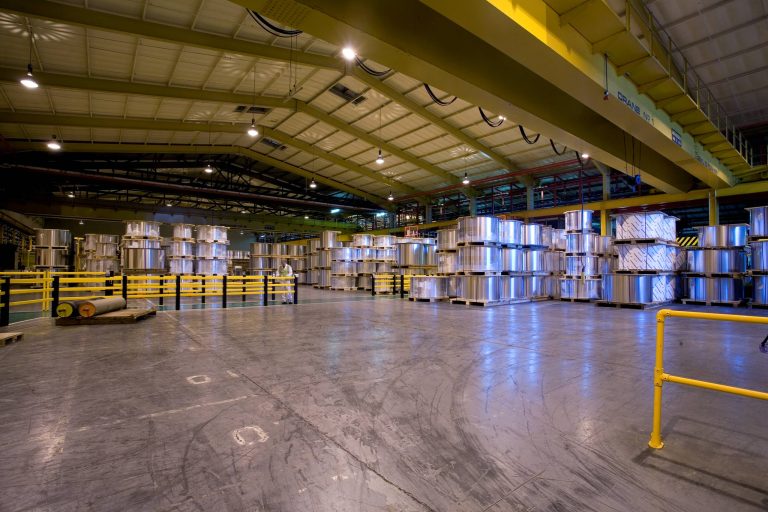
A history of normal accidents
It would have been a very different scene 38 years ago when Cooper joined Howson-Algraphy as a young Research Assistant when the works moved to the present 23-acre site. The workforce of over 1000 people had outgrown the site founded as WH Howson in 1943. Owned by Vickers Engineering, in 1980 Howson-Algraphy was one of the leading manufacturers of aluminium pre-sensitised plates for lithographic printing, as well as a supplier of pre-press equipment and chemicals to the printing trade. It would have been noisier, greasier, heavier work. They had around 20 reportable injuries a year, which young Cooper and his work colleagues accepted as “normal”. “We even won a British Safety Council award in 1983” remarks Cooper.
Wake-up call
In 1989 Vickers sold the plant to US chemical giant, DuPont. “We thought we were doing ok” explains Cooper “but when DuPont came in, we found we were at the bottom of their league tables for safety.” Under DuPont, Cooper was promoted to machine manager, responsible for leading the operational commissioning of a major new production line. “Safety procedures became foremost and everything was done by the book” explains Cooper.
Under DuPont the workforce reduced to around 650 staff. “This was mostly through natural wastage and voluntary redundancy” Cooper recalls “although their uncompromising attitude to safety meant that everyone knew if you didn’t do the job as described, you’d be out.” Cooper describes how the American plant manager at the time, a Vietnam veteran who still seemed to think he was at war with someone, would “rant and rage when someone was injured. He sacked the heads of departments with the worst safety records. It was brutal, but effective.” Within four years, the accident rate was down to one or fewer per year.
Agfa Graphics in numbers
Maximum speed of production line: 80 metres per minute
Maximum width of coil: 1.63 metres
Typical length of foil on coil: 7000 metres
Typical weight of coil: 7 to 10 tonnes
Foil thickness: 0.15mm – 0.5mm
Annual electricity usage: 28,000,000 kWh
Health and safety is everyone’s responsibility
Stuart Gregory joined as an operator just as DuPont was taking over, so was embedded in that culture from the start. Under DuPont there was a safety team of five, but Gregory is now the only specialist. He is deliberately described as a “specialist”, not a safety officer or a manager “I’m not a police officer, and I don’t manage safety for them. Health and safety is everyone’s responsibility. We retained that culture from the DuPont days. Every line manager knows they have to keep workers 100 times safer than they would chose to keep themselves.”
New blood
Whilst DuPont’s approach to safety was brutal, their gentle approach to staff reductions was overturned when DuPont sold all their graphic film and offset printing plates businesses to Agfa-Gevaert in 1997. This could have been the end for the Leeds site – the drive to rationalise was extreme. Redundancies were wide-scale, with staff numbers reduced to the current 90 full‑time employees by 2006. Although operations were reduced alongside the staff reductions, the redundancies seeded a problem for the future. Whilst older people near retirement left voluntarily on good terms, using a last-in, first-out approach meant they also lost a lot of younger people, leaving them with a very narrow demographic. As a result, many experienced people will be retiring in the next ten years. Cooper is overcoming this by bringing in apprentices and graduate trainees. He is a huge advocate of the apprenticeship system, and is a founding member and governor of the University Technical College of Leeds. UTC Leeds takes young people from Year 10 onwards who are interested in engineering and technical careers. He recognises the challenges however – “we have people with over thirty years of experience working here. In a few years, they’ll all be gone, so we have to make sure the new people can get up to speed with how we do things, and to maintain the safety culture we have.” Production Manager Charles Meldrum explains how the structured training systems in place use a blended approach (elearning created in-house, as well as on-the-job supervision) to make sure people don’t do any task until they are competent – and to make sure everyone refreshes their competence on a five-year rolling cycle.
Agfa Graphics key hazards
Hazardous substances, especially corrosive acids
- Acid usage per year: 7 million litres
- Effluent per year to be treated: 240 million litres
Electricity – up to 23,000A
Noise – up to 90 dB(A)
Manual handling – limited to 25kg, with specialised trolleys, cranes and forklift trucks in use
Fork lift trucks – 11 trucks, ranging from 1.5 to 15 tonne lifting capacity
Ditching bureaucracy
Cooper became production operations manager when Agfa took over, and at the end of the downsizing was promoted to operations and manufacturing director. Whilst DuPont had introduced very strict health and safety procedures “Agfa had relatively little focus on safety” observes Cooper. The Leeds site had then, and still has, the best safety record of any Agfa location. One benefit of Agfa’s lack of safety focus was that whilst Cooper and colleagues were keen to maintain the positive aspects of DuPont’s approach to safety, they were able to “ditch unnecessary bureaucracy.” Cooper describes how multiple copies of paper forms had to be completed and filed in three separate places, with different systems for safety and quality reports, and another set of forms for permits. “If we’d carried on adding paper forms for energy and environment we would be drowning in bits of paper by now.” Instead, they developed a system using a single electronic form for reporting all safety and quality issues, whether problems spotted or suggestions for improvements.
They kept strict rules about how to isolate, lockout, tagout and flush before working on machinery. “The new owners noted that we had comparatively more downtime preparing for maintenance, but we knew from experience that this was better for safety and better for the business, so we kept doing it. Eventually, the rest of the business adopted similar processes.” So much so, that Cooper has been flown over to the USA to show factories over there what to do, and safety managers in Belgium call Gregory for advice.
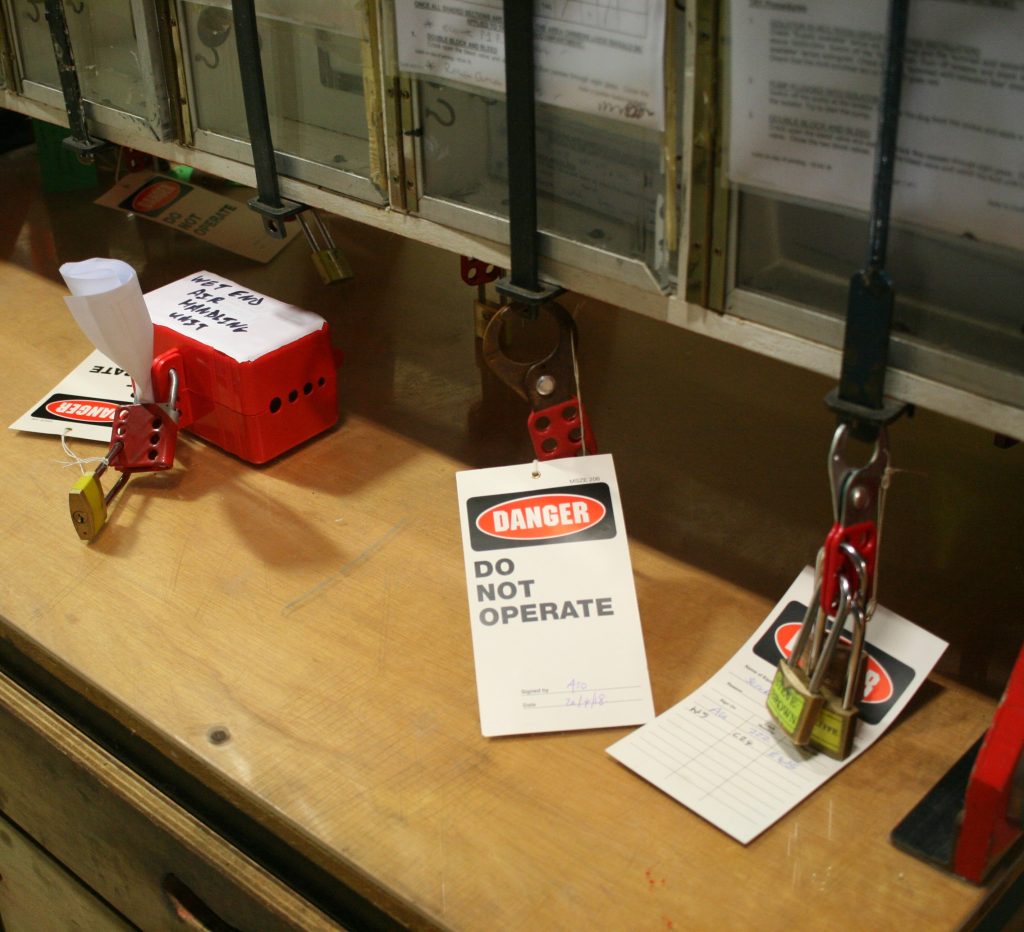
Ditching the bureaucracy, but keeping the essentials, like lock out
Specialising
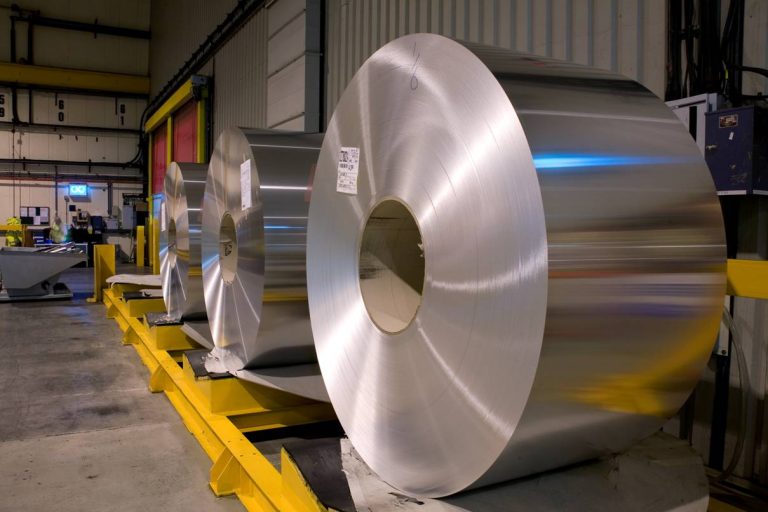
As well as reducing the number of staff at Leeds, Agfa was rationalising production across its sites worldwide. Analogue plate production was moved to Germany, leaving just a single electrochemical process at the Leeds site, although success led Agfa to fund the refurbishment of a redundant line in 2004. The lines take aluminium coils in at one end, process them, and recoil them as substrate for lithographic printing plates at the other. “Plates” seems a rather archaic term for the enormous, mesmerising rolls, but derives from the days of printing presses with individually set metal type characters. The materials at Agfa Graphics are barely paper thin – with a gauge from 0.15mm to 0.5mm. Lasers, not metal type or film, will later be used to create text and images for printing. Walking through the warehouse, looking at the stacked coils, it’s hard to believe that something less than 2 metres in diameter could contain 7 km of “plate”.
Whilst DuPont had used fear to get people to follow safety procedures, Agfa’s rationalisation brought new fears. “People had seen many of their colleagues lose their jobs. We were all frightened that the site would have no long-term future.” Cooper explains their response to this “We set out to be the best.”
Benchmarking
Having benchmarked the site’s safety performance after an injury in 2008 and discovering that the site was not as good as all had thought, Cooper’s instinct was to turn to the workers and ask them for their ideas. He describes how the workforce all agreed to get behind new safety targets. “With staff numbers reducing, we had to change our way of measuring safety. Saying you’ve passed a year without an accident when you’ve reduced from over 500 staff to fewer than 100 isn’t comparable. So we moved to counting exposure hours and set an aspirational target of one million hours. Everyone bought into it.”
To concerns that setting a zero-accident target inhibits reporting, Gregory explains that minor first aid accidents don’t count against the target, so people are confident in reporting them so they can be investigated. “We count accidents you wouldn’t be able to hide, such as requiring a hospital visit for stitches.”
The Leeds site maintained its position at the top of the Agfa safety league. “When we passed our one million hours target in 2014, we set another target of 1.5 million hours. We passed that in February this year, and are now working towards 2 million hours” says Cooper.
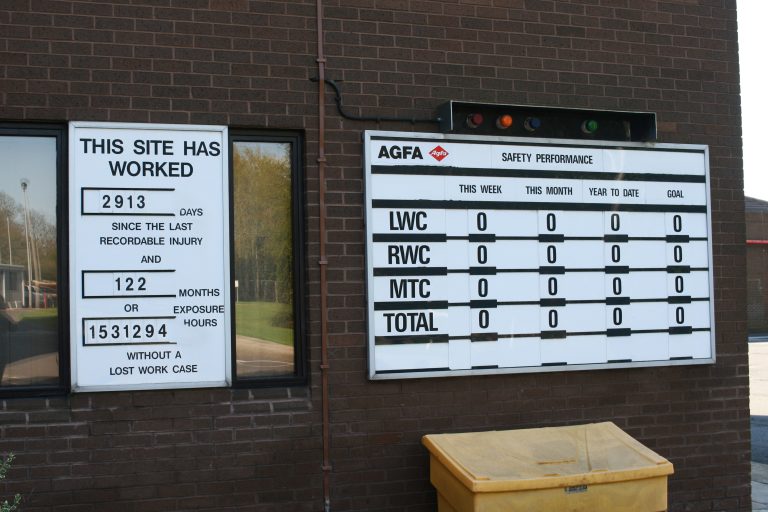
Integrated Management System
The site achieved ISO 9001 (for quality) in 2003, and were asked to work towards ISO 14001 (environment) and OHSAS 18001. Cooper made a virtue out of a necessity. “For ISO 9001 we had added meetings, processes and documentation to what we already had to meet the standard. With 90 people, we knew we couldn’t just add more meetings, more documents and more processes to meet each additional standard. We had to find a way of making what we did every day, every week, every month, the means of meeting the standard.”
In effect, Cooper and his team integrated the management standards before Annex SL was even a draft. The electronic form was adapted so that it could be used for environmental, and later energy reports. Instead of multiple lengthy annual meetings to comply with the requirements for management review in each ISO standard, the management team include reviews of issues relevant to all the standards within a monthly two-hour meeting. “Issues get dealt with quickly, and don’t get left to escalate” Cooper tells us. The production manager, Charles Meldrum explains what happens next “At 9am every day I look at all the safety, environmental, quality and energy reports made in the previous 24-hours, and usually discuss with Graham (Cooper), and Stuart (Gregory) for safety matters. We determine what needs to be done, and the priority for action.”
The team don’t worry about audits “We don’t prepare for external audits” Cooper tells us proudly “we just show them what we do.”
With quality, environmental, energy and safety certificates under their belt, Cooper, Gregory and Meldrum are not complacent. “It’s not about wearing a certification badge; you have to live and breathe the standards, and continually improve.”
Safety at the heart - noise and hazardous substances
At the heart of the improvements is safety “We’ve seen other businesses focus on the 5S, but they seem to continuously relaunch their programmes. At the heart of 5S the visible message to employees is ‘keep tidy’. At the heart of our programme is the message to ‘keep yourself and your colleagues safe.’” Cooper repeats the expression “If you can manage safety, you can manage anything” at intervals through the day.
5S - part of 'lean production'
Sort – eliminate obstacles; reduce disturbances
Set in order– make it easy to find needed items; workflows smooth and easy; FIFO
Shine/Sweeping – cleaning as inspection
Standardize – procedures and schedules to ensure consistency of first three S. eg photos, drawings to show where stuff goes; audit checklists; colour codes
Sustain – do without being told; audits; goal-oriented training; self-discipline.
Cost-benefits of improving safety through design

With a recent NEBOSH Diploma and a quarter of a century of operational experience Gregory is in a good position to identify opportunities for safety improvements. For example, he was aware that noise levels in one production area were around 85dB. He wasn’t happy with just enforcing hearing protection, so he looked at the motors generating the most noise. He found alternatives that were not only quieter, but also cheaper and more energy efficient. Changing the motors provided an opportunity to simplify some pipework, with further reductions in noise as a consequence. The net result is that hearing protection is not necessary in that location, making communication across the line much easier.
The electrochemical process can’t work without high-current electricity and corrosive acids (see Box 2), but there are other hazardous substances Gregory can change. He was aware that some machinery would occasionally emit spray from the lubricating oils used. The quickest solution would be to insist that staff wore the whole face hoods that were available for respiratory protection for the whole 12-hour shift. Having worked on the line for 25 years, Gregory knew that would be uncomfortable, so instead he looked at what other oils they had in the factory. He discovered that an oil they already had for gearboxes which would work for aluminium forming – looking at the safety data sheet, the alternative oil was less hazardous and less was required, removing the need for PPE. And looking at the invoices, the new oil was also cheaper.
Leadership commitment
Whilst there is no evidence that safety posters improve safety, walking around the quiet, clean and well-organised factory it is interesting to note that there are lots of posters reminding people “Quality always” but no posters reminding them to be safe. During breaks, some attendees at the Onsite Insights day expressed doubts that they could get their workers to follow procedures as closely as it seems the workers at Agfa Graphics do. Do you need a period of fear to change habits, to get people to buy into the advantages of doing it right? Or is there something about the precision needed to turn wafer-thin foil into an enormous, high-resolution digital printing plate that makes it essential to follow rules? There are no “seconds” in this process – some faults won’t be picked up until the coils arrive in France, so even a small error could result in expensive waste. For those working in industries where “close enough” is good enough the safety journey might be a little harder. A few attendees were also envious of the leadership commitment shown at the Leeds site. Although his background is production and engineering, Cooper is transparently a strong advocate for safety, and Gregory reports directly to him.
A key measure of Cooper’s success is that they are still there, as he explains “Since we decided to “be the best”, Agfa have closed one factory in Korea and two in Italy. If we hadn’t become the best – at safety, and at everything else – that could have been us.”
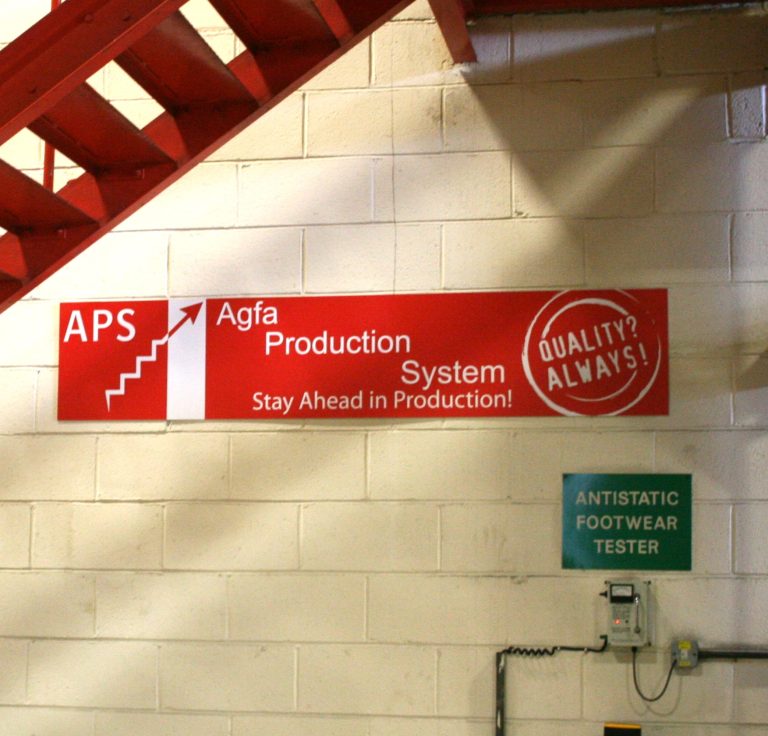
Onsite Insights
Initially part of a DTI (UK Department of Trade and Industry – now the Department for Business and Trade) project to help industry improve through benchmarking, Ailsa Carson decided to carry on with the initiative after government funding was removed in 2003. She set up Onsite Insights and arranges around 80 events every year, where businesses which have been successful in one of the topic areas covered open their site and share their insights. As well as health, safety and environment topics include quality, lean, logistics, sales, customer care, project management and maintenance.
